Types of Distraction
Distraction can be classified in different ways.
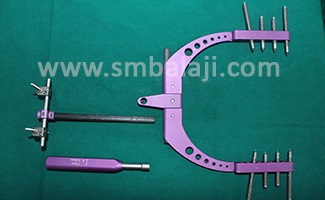
Rigid External Distractor (RED)
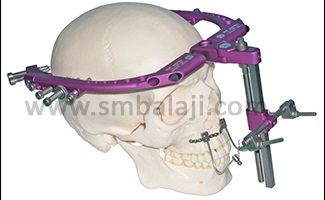
Rigid External Distractor (RED)

Right and left maxillary internal distractors with flexible activation arms that can be easily placed inside the mouth
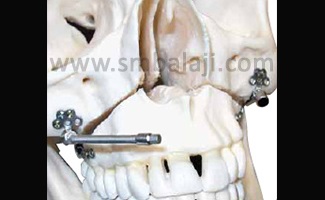
Right and left maxillary internal distractors with flexible activation arms that can be easily placed inside the mouth
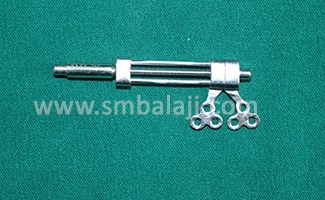
Mandibular univector internal distractor with rigid and flexible activation arms
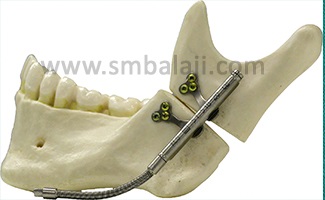
Mandibular univector internal distractor with rigid and flexible activation arms
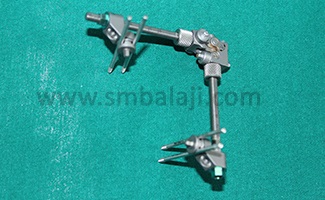
Mandibular external pin retained multivector distractor




